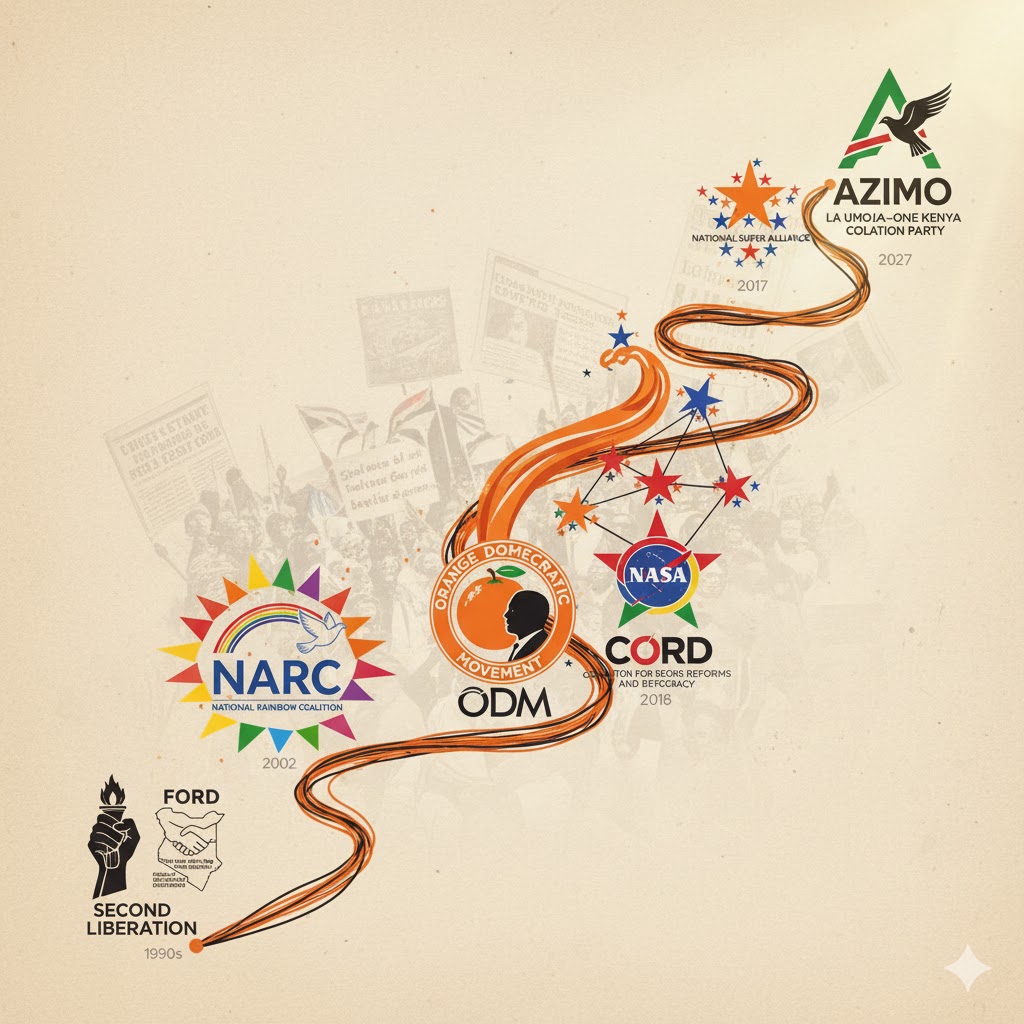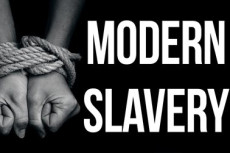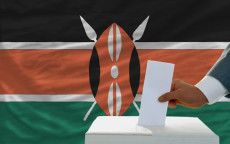- In Kenya, opposition parties have made a significant contribution to the shaping of the country as it exists today.
- In matters of legislation and policy-making, they propose amendments and force the government to modify its policies, leading to a better and more inclusive government.
As the Orange Democratic Movement (ODM) marks its 20th anniversary, it is important for Kenyans to reflect not just on the party’s journey, but on the broader evolution of opposition politics, a force that has shaped the country’s democratic landscape.
Today, many Kenyans associate Raila Odinga with the face of opposition. His party ODM has been viewed as a symbol of resistance, reform, and representation. While ethnic loyalty often influences political leanings, few fully understand the critical role opposition parties play.
In Kenya, opposition parties have played a pivotal role in shaping the country into what it is today.
Consider the era of the late Daniel arap Moi, whose leadership was marked by strong centralized control. During this time, dissenting voices faced significant restrictions, including detention and exile. Yet pressure from underground movements like the December Twelve Movement and the Second Liberation Movement helped push Kenya toward a multiparty system.
In 1991, the repeal of Section 2A of the Constitution dismantled the one-party rule, opening the door to multiparty democracy. This historic shift led to the birth of FORD (Forum for the Restoration of Democracy). For a brief moment, ethnic and linguistic differences took a back seat as Kenyans united under a shared vision, forming a multi-coalition movement that championed electoral freedom.
Read More
Kenya’s development trajectory would have looked very different without the election of Mwai Kibaki under the opposition banner of the National Rainbow Coalition (NARC). His presidency marked a turning point.
However, internal wrangles within NARC, particularly over the draft constitution during the referendum led to a split. The Liberal Democratic Party (LDP) faction, led by Raila Odinga, opposed the draft and won. This victory gave rise to the Orange Democratic Movement (ODM), born from the succession of the LDP.
Though the fierce contest for the presidency between Kibaki and Odinga culminated in the 2007 post election violence, it also exposed deep flaws in the existing constitution. That painful chapter paved the way for the landmark 2010 Constitution.
In legislative and policy-making spaces, opposition parties propose amendments and pressure the government to revise policies, fostering a more inclusive and responsive administration. By publicizing their critiques, they educate citizens on constitutional rights that many still don’t know they possess.
Opposition figures in the Senate often referred to as the shadow cabinet scrutinize the work of their counterparts in government, holding them accountable for performance and the use of public funds.
So, as ODM marks its 20th anniversary, we as Kenyans celebrate not just a party, but a legacy. We walk down memory lane to honor its growth and reflect on the evolution and enduring importance of opposition in Kenya’s democratic journey.
Stay connected with us on WhatsApp and X for instant updates and breaking news as it happens.







-1764751547-md.jpg)




